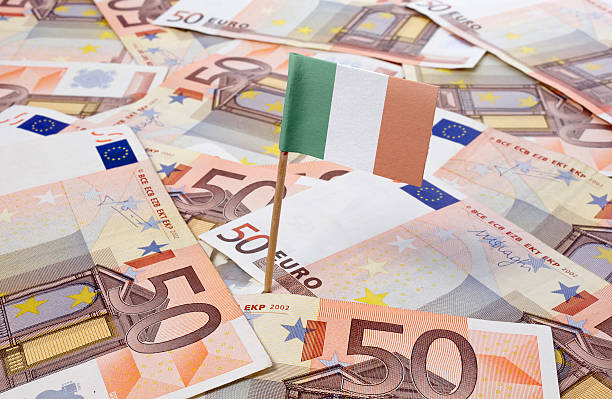China growth cools to 4.8% as property pain deepens and US trade fight heats up

China’s economic growth slowed in the July–September quarter as the property crisis dragged on and trade tensions with the US escalated.
Official data released Monday shows the world’s second-largest economy grew 4.8% year-on-year, its weakest pace in a year and down from 5.2% in the previous quarter.
The slowdown comes after Beijing imposed sweeping controls on exports of rare earths — key minerals for global electronics manufacturing. The move shook a fragile trade truce with Washington and triggered a sharp response from President Donald Trump, who threatened 100% tariffs on Chinese goods.
The latest figures will shape a key meeting this week, where China’s top leaders will set the tone for the next Five-Year Plan.
Despite the slowdown, China’s statistics bureau said the economy showed “resilience”, pointing to strength in technology, 3D-printing, robotics, EVs and business services. Exports rose 8.4% in September, helped by firms rushing shipments before tariffs return. Industrial output also climbed 6.5%.
But domestic demand remains weak. Analysts say Beijing’s subsidies and incentives have not lifted household spending enough. Oxford Economics forecasts China will struggle to grow above 4.8% without new stimulus.
The biggest drag remains the property sector, which makes up about a third of the economy. Real estate investment fell 13.9% in the year to September, with falling home prices, weak sales and abandoned projects still widespread. Housing has been under pressure since the Evergrande crisis erupted in 2021.
With property still sinking and trade risks rising, economists say the government must decide whether to support growth with new measures in the coming Five-Year Plan.


